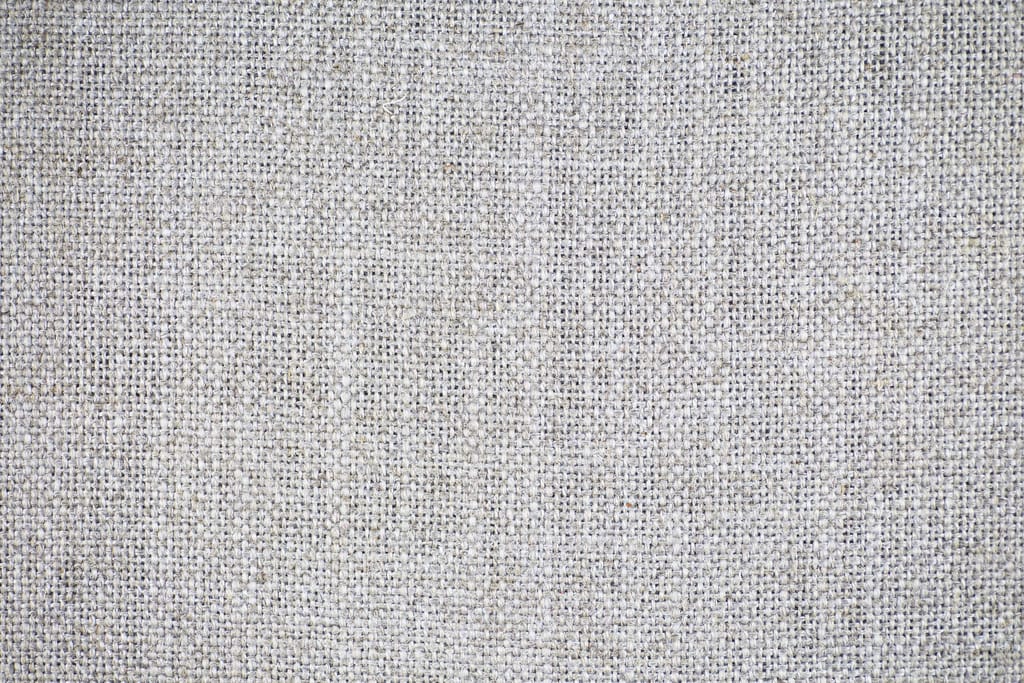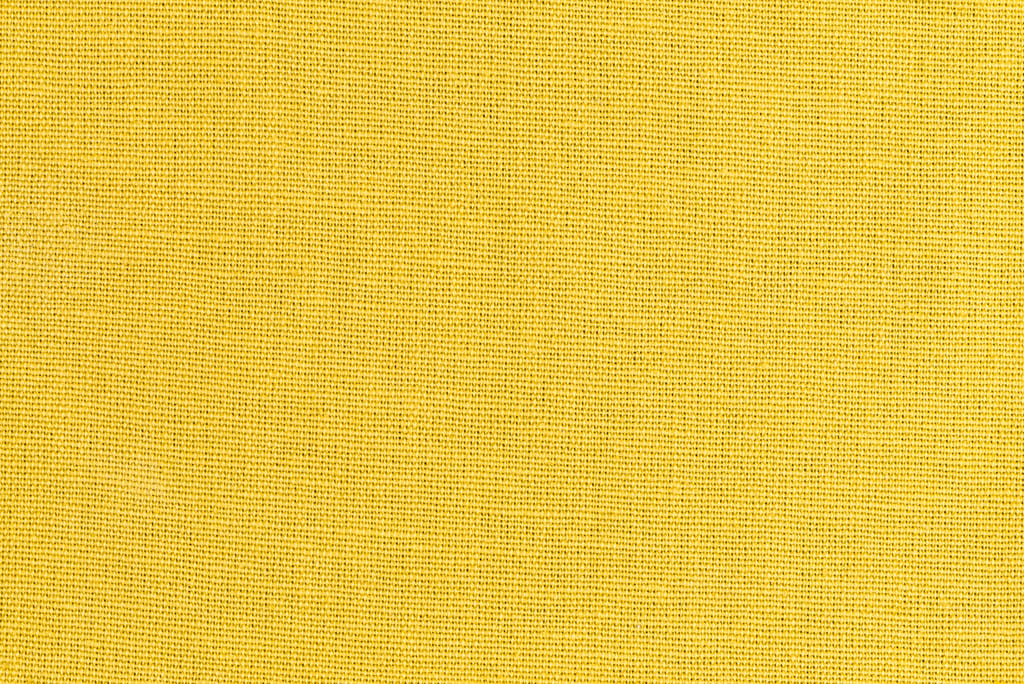What is linen fabric?
Linen fabric is a natural fiber textile that is made from the flax plant. It is one of the oldest fabrics in the world and has been used for centuries for clothing, bedding, and upholstery. We know linen for its strength, durability, and natural beauty, and it is a popular choice for many different applications. Besides its many uses, we also consider linen a luxurious fabric that is extremely comfortable to wear and can add a touch of elegance to any room or outfit.
History of linen
The history of linen fabric is fascinating that dates back hundreds of years. It has remained a popular choice for clothing, home decor, and other fabrics for centuries because of its unique characteristics.
They make linen fabric from the fibers of the flax plant, which is native to the eastern Mediterranean region. We have used it in clothing since ancient times, with evidence of its use in Egypt as far back as 8,000 BC. It was a favored material of the ancient Greeks and Romans, who used it to make clothing and other items.
Linen fabric is highly durable and resistant to wear and tear, making it a brilliant choice for clothing. It is also hypoallergenic, breathable, and absorbent, making it comfortable to wear. In addition, it is easy to care for and does not require much maintenance. Unlike other fabrics, linen is naturally white and can be dyed in a variety of colors. This allows for a wide range of design possibilities and makes it a superb choice for home decor. Linen fabric has also been used to make furniture upholstery, curtains, and tablecloths, as it adds a natural texture and sophistication to any room.
Besides its aesthetic qualities, linen fabric has several practical benefits. It is lightweight, making it ideal for clothing. Its breathability also makes it a splendid choice for bedding, as it keeps the body cool in hot weather. Linen fabric has remained a popular choice for clothing, home decor, and other fabrics throughout history because of its durability, comfort, and aesthetic qualities. It is an ideal choice for anyone looking to add a touch of luxury to their wardrobe or home.

Benefits of Linen
Linen fabric has been around for centuries, and its popularity has only grown. It is a preferred choice for sustainable living because of its many benefits, which makes it an ideal material for clothing, bedding, and other household items.
Linen is an incredibly durable and long-lasting fabric, which makes it a superb choice for those looking for sustainable options. Besides its durability, linen is also naturally hypoallergenic, meaning it won’t irritate those with allergies or sensitive skin. It is also highly absorbent and breathable, making it an ideal choice for hot days and high-activity activities.
Another benefit of linen is that it is a renewable resource. They make linen from flax, a plant that is cultivated for yarn. Flax is a renewable resource, meaning they can harvest it again and again without depleting its natural resources. This makes it a great choice for those looking to reduce their environmental footprint.
Finally, linen is a superb choice for those looking to reduce their carbon footprint. Linen is naturally biodegradable, meaning naturally occurring bacteria and fungi can break it down, reducing the amount of waste that goes into landfills. Linen fabric can be reused or recycled, further reducing the amount of waste that is produced. All these benefits make linen fabric a preferred choice for sustainable living.
Types of linen
Linen fabric is a versatile and timeless material that has been used for centuries to make clothing, bedding, and household items. Its strength and durability make it a popular choice for many applications. However, there are several linen fabric available, each with its own distinct weaving style and finish. In this article, we will explore the different linen and the weaving styles and finishes associated with them.
We can divide linen fabric into two major categories: plain weave and twill weave.
Plain weave is the most common type of linen fabric and is created when the warp and weft threads cross over and under each other in a simple alternating pattern. This simple weave creates a lightweight, breathable fabric that is ideal for summer clothing.
Twill weave is characterized by a diagonal pattern of warp and weft threads. This type of linen fabric is heavier and more durable than plain weave, making it a brilliant choice for heavier garments such as jackets and skirts.
For finishes, linen fabric can be treated in several ways to give it certain properties. For example, it can be pre-washed to give it a softer, more supple feel. It can also be bleached or dyed to give it a particular color. It can even be waxed or oiled to make the fabric waterproof, which makes it ideal for outdoor use.
Caring for linen
- When caring for linen, it is important to take the extra care necessary to ensure long-lasting quality and color. Follow these tips to get the most out of your linen fabrics:
- Before washing linen fabrics, check the fabric care instructions on the clothing label. When washing linen, use cold water only and a mild detergent.
- Avoid using bleach or harsh chemicals, as they can damage the fabric.
- Always air dry linen fabric, as tumble drying can cause shrinkage and damage the fabric’s fibers.
- Iron linen on low heat; otherwise, the fabric could be damaged.
- Avoid using fabric softeners and dryer sheets, as these can reduce the fabric’s absorbency.
- To prevent fading, hang linen fabrics away from direct sunlight.
- If storing linen fabrics for a long period, make sure you store it in a room with a temperature-controlled environment.
- Before storing linen fabrics, make sure the fabric is clean and dry.

Decorating with linen
Linen is a natural fabric that has been used for centuries in the production of clothing and home decor. Its distinctive texture, versatility and durability make it the perfect choice for a variety of decorating projects. From curtains and bedding to upholstery and wallpaper, there are many creative ways to incorporate linen into your home. For a simple, yet elegant look, consider using linen to make curtains. The fabric has a natural drape that can create a variety of styles, from classic pleats to modern panels.
The fabric is also durable, so it can withstand frequent use. For extra insulation, consider lining your curtains with a lightweight cotton fabric. Linen can also create stylish bedding. The fabric is breathable, so it’s perfect for creating light summer quilts or layering with blankets and throws in winter. For a luxurious look, choose a bedspread or duvet cover made of linen.
The fabric is also easy to care for, so it will stay looking fresh for years to come. If you’re looking for more creative ways to incorporate linen into your home, consider using it for upholstery. The fabric is both attractive and durable, making it an ideal choice for furniture. Whether you’re looking for something traditional or modern, linen is a splendid choice. It can also make cushions, pillows, and slipcovers for chairs and sofas. For a truly unique look, consider using linen fabric to make wallpaper.
The fabric’s natural texture will add visual interest to any room. You can also use the fabric to make framed artwork or wall hangings. Linen is a versatile fabric that can be used in a variety of ways to create a beautiful and inviting home. With its natural texture, durability and ease of care, it’s the perfect choice for any decorating project.
Conclusion
Linen fabric is a timeless, durable, and versatile material that is perfect for a variety of uses. It is a natural, sustainable fabric that is comfortable to wear and can be dyed to create a wide range of colors. It is also a superb choice for making bedding, towels, tablecloths, and other household items. Although it may wrinkle easily, it can be ironed or steamed to give it a crisp and smooth look.
Reference
- Flanagan, L. (2022, August 4). What Is Linen Fabric? Linen vs. Cotton. The Spruce. https://www.thespruce.com/definition-of-linen-fabric-1976785
- MasterClass. (2021, August 12). What Is Cotton and What Is Linen? Cotton vs. Linen Fabrics – 2023 – MasterClass. https://www.masterclass.com/articles/what-is-cotton-and-what-is-linen
- S. (2021, June 21). What is Linen Fabric: Properties, How its Made and Where. Sewport. https://sewport.com/fabrics-directory/linen-fabric